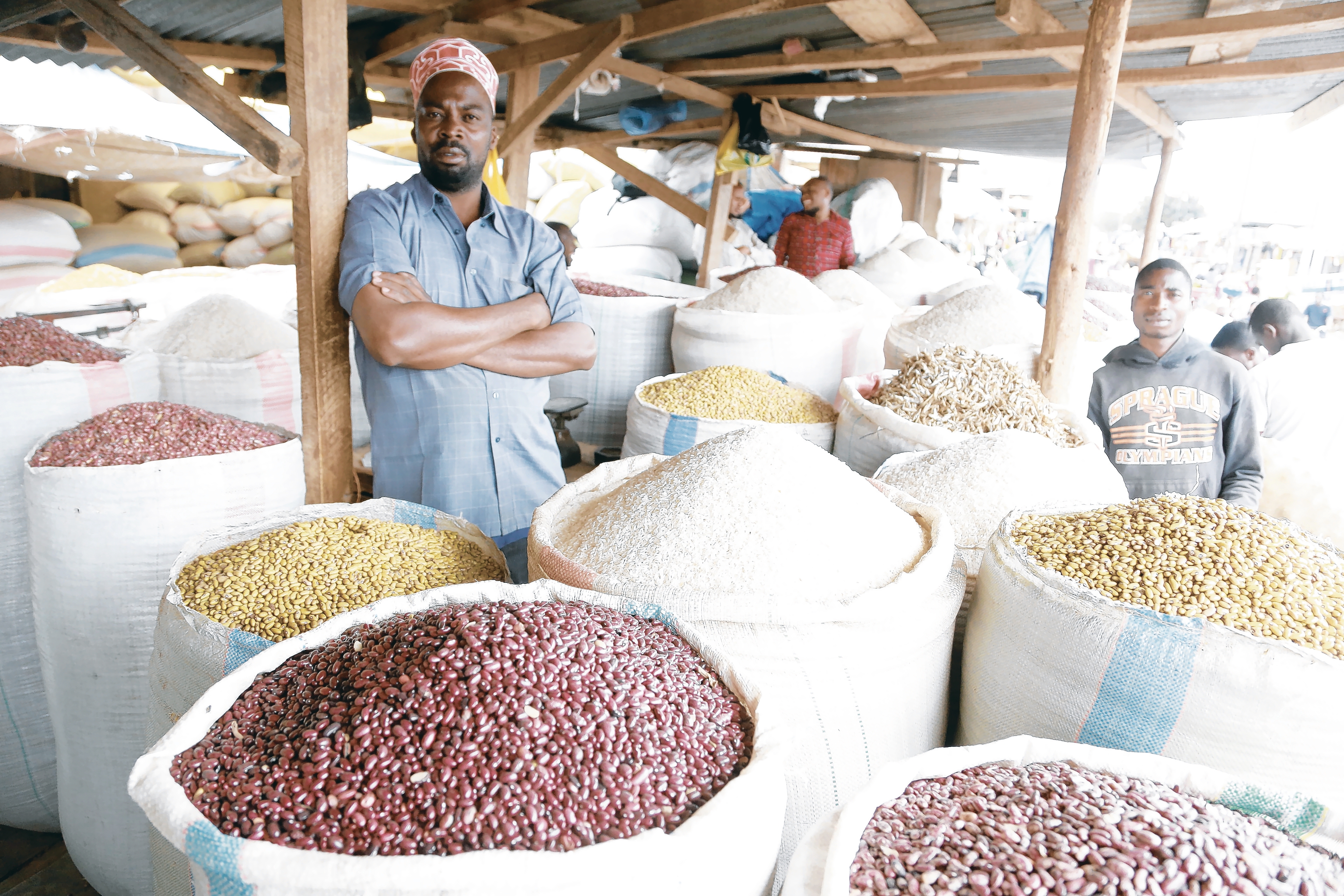Innovation reduce post-harvest losses, boost farmers’ incomes

What you need to know:
The effects of these losses can have devastating impacts on food security, nutrition and hunger at the local, regional and global level. Often these impacts can disproportionally affect vulnerable populations such as women and children.
Post-harvest food losses are unacceptably high across Tanzania and throughout eastern Africa. Crop losses, consistently in the range of 30-40%, are being recorded as a result of poor handling and storage practices by smallholder farmers, as well as a variety of weather and pest related factors.
The effects of these losses can have devastating impacts on food security, nutrition and hunger at the local, regional and global level. Often these impacts can disproportionally affect vulnerable populations such as women and children.
In food-insecure regions, crop losses at the farm level not only reduce available food for family consumption, they directly affect smallholders’ livelihoods. The solution employed by most farmers to minimize post-harvest losses is to sell their crop as soon as possible following harvest. Selling quickly provides money to partially pay school fees and repay debts, however market forces determine that when everyone is selling the same product at the same time, prices are usually at their lowest.
Exacerbating this problem, in the weeks and months following, the same farmers are forced to buy grain from the retail market at considerably higher prices, to sustain their families. This creates a cycle of poverty which is almost impossible for farmers to escape.
Overcoming the nutritional and financial losses being incurred by countless Tanzanian families can only be achieved through education and enabling smallholder farmers access to the required farming equipment. Training smallholder families on improved farming practices to reduce the risk of crop contamination and volume losses is the critical first stage, but unless this information is combined with making available the required drying, handling and storage equipment for crops, there will be no tangible gains enjoyed by Tanzania or her millions of farming families.
The UN World Food Program (WFP) recently joined 7 other global organizations to form the Farm to Market Alliance (FtMA). The FtMA, which is coordinated in Tanzania by WFP, is part of the four-year WFP Country Strategic Plan (2017-2021), which aims to provide 250,000 farmers across Tanzania with increased access to agricultural markets by June 2021.
FtMA was formed with a clear objective to make food crop markets more productive, inclusive, resilient and profitable for smallholder farmers, with post-harvest loss reduction being one of the four strategic pathways to achieve this.
By providing smallholder farmers with access to affordable finance, access to improved farming inputs, access to improved post-harvest handling and storage equipment, and access to fair trading markets, FtMA and implementing partners are catalysing positive agricultural changes in Tanzania. A great example of this is the Mpui District in Sumbawanga, where a group of farmers involved in the FtMA development program have recorded 350% increases in crop production, 98% reductions in crop losses and over 600% increases in household incomes, all within a 12 month period!
Improved household storage units are not only increasing the quality and quantity of food available for family consumption, but also the surplus grain farmers have to sell. In addition, the new storage technologies are giving farmers increased control over when they sell their grain, which can yield a price difference between selling at farm-gate during harvest time or in the months following, of as much as 300%.
Also, the new hermetic (air tight) storage units guarantee food security for individual families from one harvest to the next, as the percentage of crop held for the family’s consumption requirements are safely ‘banked’ until required.
As participating farmers move from subsistence to commercial farming, the increased profits can be reinvested into diversified crops, livestock or irrigation schemes, helping to build resilience at both the home and community levels.
Partnerships, particularly with the private sector, are critical to ensuring long-term improvements in the livelihoods of smallholder farmers under the Farm to Market Alliance.
With businesses on board and the support of the government, the Alliance can impact food security not only at the household level, but surplus yields can potentially be sold to drought stricken areas in the region, improving the resilience of the region and improving the national economy.
Global members of the Farm to Market Alliance include UN World Food Programme (WFP), Alliance for a Green Revolution in Africa (AGRA), Syngenta, Bayer, YARA, Rabobank, International Finance Corporation (IFC) and GrowAfrica.



